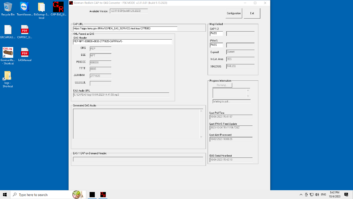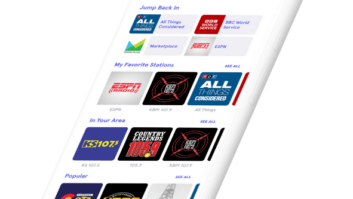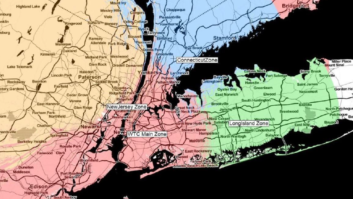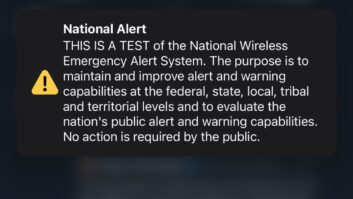EAS equipment maker Monroe Electronics/Digital Alert Systems is planning some important planned software modifications.
The company says the enhancements were described as desirable by the FCC’s Public Safety and Homeland Security Bureau following the nationwide EAS test in September. The improvements will be free to current users (version 3.0 and later) and built into future DASDEC-II and R189 One-Net SE CAP EAS equipment.
At issue is how to ensure that the “most timely and content-rich version of an alert” reaches the public. The FCC has said this can be ensured by requiring EAS participants such as broadcast stations to check the Internet-based IPAWS feed upon receiving a broadcast alert and transmit the corresponding CAP alert, if one is available.
The manufacturer says it agrees and that it had in fact suggested the need for such a mechanism in CAP EAS equipment to automatically seek and retrieve CAP messages, if a broadcast EAS message were received first.

The new feature enables automatic and immediate polling of the IPAWS OPEN system when an EAS message is received via broadcast monitoring. This will apply for civil, weather or test Event codes except for the EAN Event code, or the NPT Event code in the case of a nationwide test of the EAS, which must be transmitted immediately.
The company believes no additional action on the part of the FCC is necessary as far as it affects civil, weather and test Event codes that “are already allowed delays well in excess of any minor latency this automatic polling option may entail,” it told the commission.
However, the extension of this feature for EAN and NPT Event Codes “would likely require clarification from the FCC as to whether such an triggered polling method is permissible under the current rules, which would seem to require the EAN and NPT to be transmitted immediately upon receipt of a broadcast EAS source message, if that were to arrive first.”
This discussion gets into technical specifics but will be of interest to Monroe/DAS equipment users as well as anyone who follows the complex infrastructure of EAS and IPAWS.
Read the details here as filed with the FCC by the company’s Edward Czarnecki.











